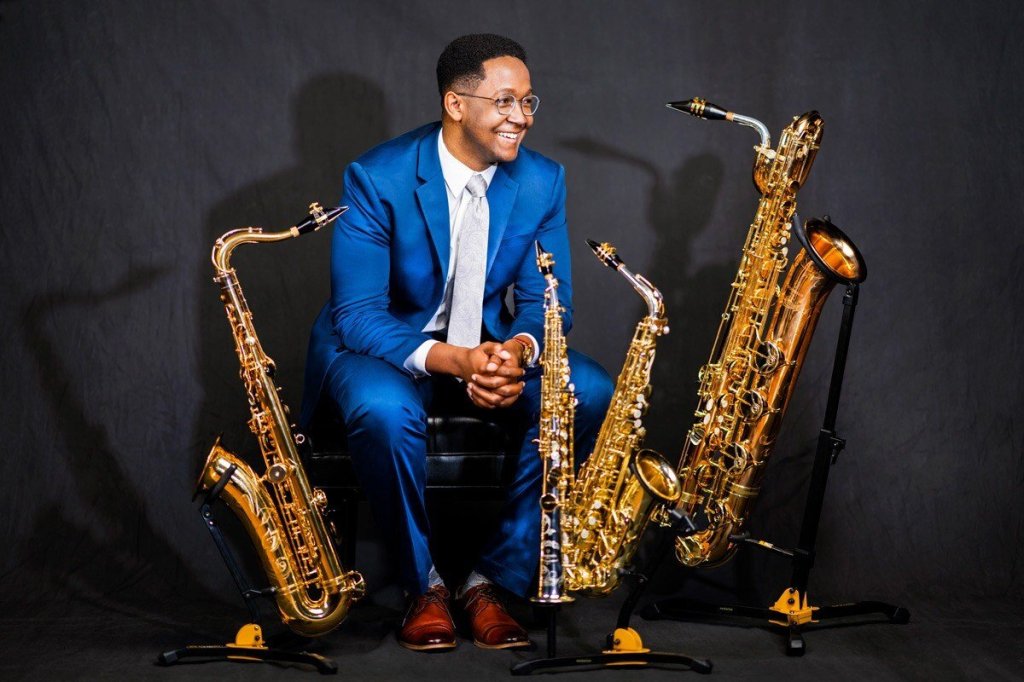Columbus Symphony Orchestra
Rossen Milanov, conductor
Steven Banks, alto saxophone
Ohio Theatre
Columbus, OH
February 4, 2024
Stravinsky: Suite from The Firebird (1919)
Tomasi: Concerto for Alto Saxophone
Dawson: Negro Folk Symphony
Last weekend saw the Columbus Symphony opening their program with an orchestral favorite before courageously veering firmly into unfamiliar territory. Stravinsky’s Firebird, presented in its most commonly heard 1919 suite, made for a glittering opening. Ominous rumbling in the low strings set the mood and built tension. A warm and gracious theme of folk origin marked the “Dance of the Princesses”, most prominently heard in the oboe. The vigor was substantially ramped up in the “Infernal Dance”, with thunderous punctuations from the bass drum, ultimately pointing to the resplendent finale. In his preconcert talk, Christopher Purdy noted that Stravinsky himself conducted the CSO on one occasion in 1968.

Henri Tomasi’s 1949 Concerto for Alto Saxophone brought forth an excellent soloist in Steven Banks. Its misty opening in the orchestra gave way to the lyrical tone of the sax, making the case that this is an instrument that has a place in the concert hall as well as the jazz club. Banks impressed in his rapid fingerwork during the extended cadenza, and the timbre of his instrument offered striking contrast to the rest of the orchestra in this colorful midcentury score. The closing “Giration” again showcased the soloist’s limber flexibility, broadening to a clangorous coda. As an encore, Banks performed “The Lord’s Prayer”, a plaintive spiritual that further showcased the saxophone’s range and variety.
The major discovery of the program came in William Dawson’s Negro Folk Symphony. A substantial work, it puts Dawson in same pantheon as fellow Black composers Florence Price, William Grant Still, or Julia Perry – and served as a meaningful acknowledgment of Black History Month. Written in 1934, it was premiered to acclaim by Leopold Stokowski and the Philadelphia Orchestra, only to soon recede into obscurity. Dawson would revise the work decades later, further fleshing out the percussion section after being inspired by a trip to the African continent. In very recent years, orchestras have begun to rediscover the score – and Philadelphia returned to it once again, producing a Grammy-nominated recording.
The three movements each take their titles from spirituals, and the work is an amalgamation of themes based on spirituals and those of Dawson’s own device. In this regard, he very much took cue from Dvořák who found great inspiration in the spiritual and encouraged American composers to embrace its authenticity. The Bond of Africa opened with a horn call, leading to a paragraph spacious and earthy, and in no hurry to arrive at the percussive coda. The work bore Dawson’s individual stamp and I was struck by the composer’s skillful orchestration and control of form – a shame he didn’t write more.
The crepuscular Hope in the Night was more introspective, and with a prominent passage for English horn (also a favorite instrument of Dvořák). It swelled to climaxes strained and pained – with a striking orchestration for bells. Glimmers of hope shone through in more playful material, but the bells resurfaced in a particularly gripping passage, underpinned by eerily pulsating percussion. I found the closing O, Le’ Me Shine, Shine Like a Morning Star! to be the least convincing, but a warm brass chorale helped bring the work to a radiant close.
